Whenever there is an employee group benefit program in place, corporate ownership and plan administration must always weight the pros and cons. Typically the cost of providing a benefit to the return on that investment. This runs into a bit of a looped narrative as careful consideration on wanting to provide more coverage—more benefits—collides with being mindful of the ever-increasing costs associated with the offering.
What isn’t measured, can’t be properly tracked.
In order to ascertain a return on the benefit investment, many factors need to be included in the calculation, such as:
· Premium split between the employer and employee
If an employee is responsible for 50% of the overall premium, which is increasingly common, yet they find themselves constantly out of pocket for 20-30% of the claim cost, the perceived value of “benefit” is lost.
· Tools of the trade
Like providing a hammer, computer, access to digital platforms, when employees are hired, they bring their own set of internal tools—their brain, expertise, personality, vision, hearing, etc.—and these too must be maintained. A benefit plan allows employees to access preventative, proactive care to keep their own “tools” in top working fashion.
· Healthy employees are safe employees.
Allowing employees to be their own health care advocate through taking the time to build the benefits to match work expectations and employee journey will increase productivity and improve retention of top talent, while decreasing workers’ comp and other safety costs.
· Turnover
It’s a fact, employers who have a constant and consistent changing over of employees have higher costs in most areas of their business. Current turn over in many Canadian businesses sits at 35%. Revenue loss occurs in new risks presented to a benefit plan, as well as time and money lost due to the hiring (on average it takes 40-days to replace new staff) and re-training elements (annual costs of upwards of 1.34x salary replacement with each event), not to mention potential loss in customers.
Rising annual cost of employee benefits
All of these items have a costly impact on the benefit plan annual costs as well. According to Word on Benefits, costs are expected to rise an additional 7% over the next year.
Contributing factors include:
· Utilization due to chronic health conditions
· Catastrophic claims
· Specialty/costly prescription drugs/cell and gene therapy
· Costs of medical services rendered.
· Emotional, mental health
Managing the tide of rising costs
· Plan design reviews to ensure:
· Productivity, Safety Protocols, Customer Impact and the Employee Journey and retention are essential elements of coverage.
· Insure the risk elements and self-insure the non-risk.
· Disease management and wellness programs
· Understanding both the advantages and disadvantages of cost sharing
As benefit consultants, this is where we shine. We’d be pleased to engage in a meaningful conversation. Give us a call.
Note: this was written without the aid of Artificial Intelligence (AI)
Disclaimer: Please note that the information provided, while authoritative, is not guaranteed for accuracy and legality. The site is read by a world-wide audience and employment, taxation, legal vary accordingly. Please seek legal, accounting and human resources counsel from qualified professionals to make certain your legal/accounting/compliance interpretation and decisions are correct for your location. This information is for guidance, ideas, and assistance.





